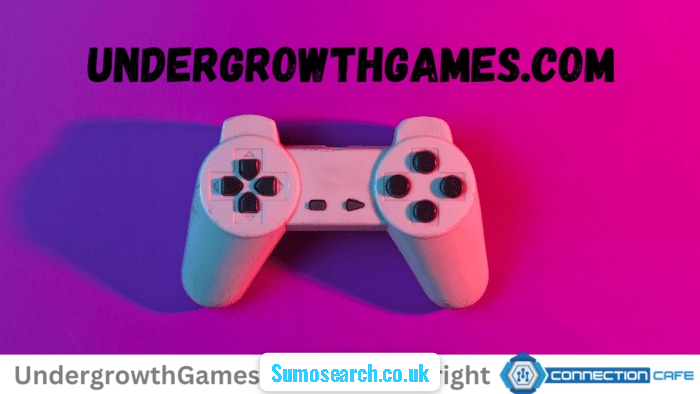Board games have been shaping how humans think, compete, and connect for thousands of years. They’re more than pastimes: they are cultural artifacts reflecting the societies that created them. Today’s vibrant board game industry stands on the shoulders of millennia of design innovation.
1. Ancient Origins: Play with Purpose
Archaeologists have discovered that board games date back more than 5,000 years. These games often served religious or symbolic functions, not just entertainment. Some key examples include:
- Senet (Egypt, c. 3100 BCE) – Thought to represent the soul’s journey to the afterlife.
- The Royal Game of Ur (Mesopotamia, c. 2600 BCE) – A mix of luck and strategy played on carved wooden boards.
- Mancala (Africa & Middle East, c. 500–600 CE) – A family of games (the most famous version is Kalah) using small stones or seeds and pit-like boards, known for their strategic depth.
These games were portable, accessible, and often tied to spiritual or social rituals, making them central to ancient communities.
2. The Classics: Strategy Spreads Worldwide
As cultures expanded and traded ideas, board games evolved and spread across continents. Several titles from the classical and medieval eras remain cultural cornerstones today:
- Chess (India → Europe, 6th–15th centuries) – Became a symbol of military strategy and social hierarchy.
- Go (China, c. 4th century BCE) – Revered for its simplicity and complexity, still played by millions.
- Backgammon (Persia, c. 3000 BCE origins) – One of the oldest surviving games using dice.
- Mahjong (China, 19th century) – A tile-based game that later became popular worldwide.
These games taught strategic thinking and were often played by nobility, but they also reached the masses as rules and materials became standardized.
3. Industrialization and Mass Appeal (1800s–1900s)
The Industrial Revolution changed everything: printing presses and factories allowed board games to be produced cheaply and distributed widely. This era gave birth to many enduring favorites:
- The Game of Life (1860) – One of the first games to simulate a person’s life journey.
- Ludo (1896) – A simpler adaptation of the Indian game Pachisi.
- Monopoly (1935) – Perhaps the best-known economic simulation in history.
- Scrabble (1938) – A word puzzle that became a family classic.
- Clue (1949) – The original murder mystery board game.
For the first time, board games became a mainstream part of family life in Europe and North America.
4. The Modern Renaissance (2000s–Present)
In the last two decades, board games have undergone an explosion of creativity. Designers are blending streamlined mechanics with immersive themes. Popular modern classics include:
- Catan (1995) – Pioneered resource-trading and modular boards.
- Ticket to Ride (2004) – A route-building game with elegant rules.
- Pandemic (2008) – One of the first fully cooperative strategy games.
- Dixit (2008) – Combines surreal art with creative storytelling.
- Gloomhaven (2017) – A massive campaign-based tactical game.
The diversity of themes and playstyles now ranges from 10-minute social games to sprawling 50-hour legacy campaigns.
5. What’s Next for Board Games?
The future looks dynamic. Designers are experimenting with hybrid physical-digital systems and community-driven expansions. Key trends include:
- App-assisted games – Digital apps manage hidden information and evolving storylines (Mansions of Madness, Destinies).
- Legacy formats – Permanent changes that carry over from game to game (Betrayal Legacy, Charterstone).
- Indie design boom – Crowdfunding platforms allow unique small-scale games to flourish.
- AR/VR integration – Prototype experiences blend the physical table with immersive technology.
Despite these innovations, the essence remains the same: sharing meaningful experiences with others around the table.
Final Thoughts
Board games are more than cardboard and tokens — they are living expressions of our history and creativity. From ancient spiritual journeys to the dynamic worlds of Catan and Gloomhaven, each generation has left its mark on this ever-evolving medium.
One thing is clear: the renaissance we’re living through shows no signs of slowing down.
